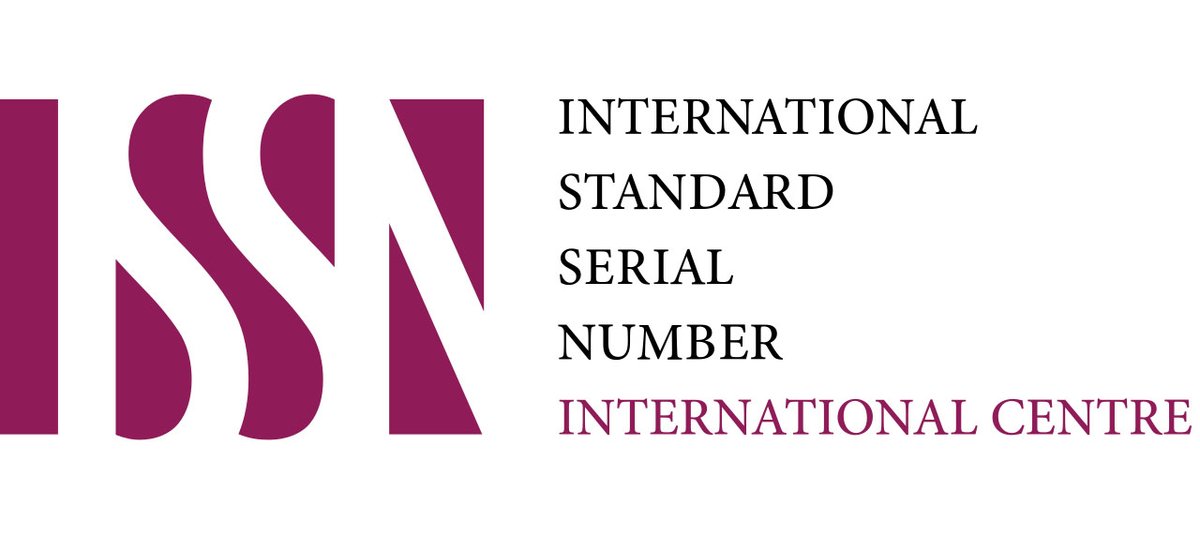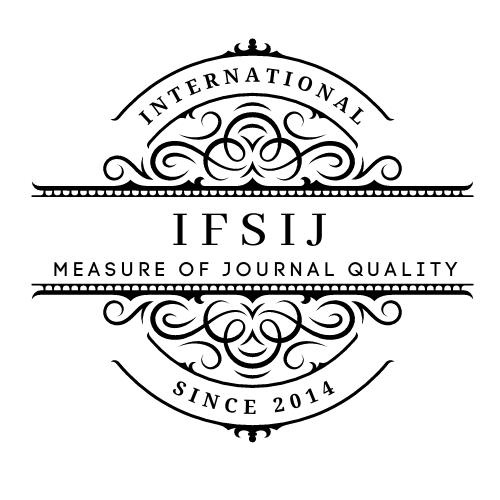LEXICAL CHALLENGES ENCOUNTERED WHEN TRANSLATING RAY BRADBURY'S FAHRENHEIT 451
Keywords:
Fahrenheit 451, translation, lexical challenges, science fiction, cultural references, stylistic nuances, terminology, censorship, dystopian literature.Abstract
This study discusses the prominent lexical issues in translating Ray Bradbury's Fahrenheit 451, a classic of science fiction that is famous for its treatment of censorship, knowledge, and technological progress. The difficulties of the translation process stem from three principal sources: Bradbury's challenging lexis, his complex cultural allusions, and his unique stylistic quirks. The author's deliberate choice of words, such as the double meaning of "firefighter" (representing both a censorship figure and a destruction figure), requires translators to successfully convey these complex implications without losing the emotional value and thematic intent. Further, the novel is rich in allusions to mid-20th-century American society, literature, and history that might not have universal appeal and require sensitive adaptation to maintain meaning and accessibility in varied cultural contexts. Examples include titles like "living room walls" and references to classical literary texts, such as Shakespeare or the Bible, that have specific cultural meanings and thematic relevance. Finally, Bradbury's prose, being poetic, lyrical, and rhythmic in style, is characterized by the employment of metaphor and rich imagery—seen in the dual nature of fire as both destroyer and renewer—challenging a reproduction of its stylistic complexity and emotional intensity without resorting to simplification. The article argues that a quality translation of Fahrenheit 451 requires detailed comprehension of linguistic and cultural subtleties in order to provide Bradbury's original intent and thematic coherence for international consumption. This speaks to the larger consequences for science fiction as a genre within its reception and perception in varied linguistic and cultural contexts.
Downloads
Published
How to Cite
Issue
Section
License

This work is licensed under a Creative Commons Attribution-NonCommercial-NoDerivatives 4.0 International License.















